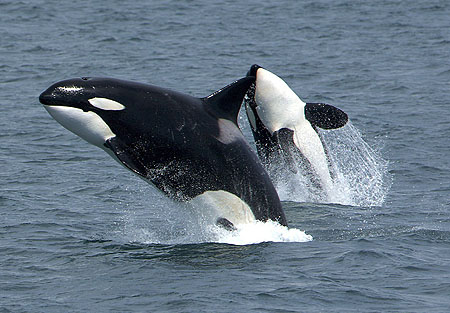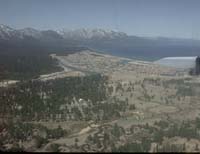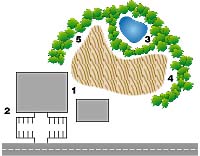 | Marine Module |
|
|

Habitats |
Selecting SitesStudy Sites and StationsA study site is a location that is monitored. This site can be a stream, lake or wetland. A station is a location within the study site that is visited to record observations. If the site is large or long (i.e., large stream, river or lake), then stations should be assigned. If the site is small, then data can be gathered from one area (station). HabitatsIt often helps to look at the bigger picture in order to decide how to classify a habitat. For example, if you see a salmon in a stream, is the stream in a conifer forest or in your backyard? 
NatureMapping looks at habitats the size of football fields or larger. Streams and ponds may be smaller than the size of a football field. So, knowing what is surrounding the water habitats is very important. This means, 2 habitat codes need to be reported; the water habitat and the surrounding land habitat. The best way to decide the type of habitat is to look down from space as if you were in a hot air balloon. Plants and animals (and humans) respond to the amount of light that reaches them. Taking a bird's-eye view gives a different perspective than being on the ground and looking around. For example, you can see from a plane where there is high density development, forests, tree savannas and open water. How To Select The Surrounding Habitat
This example has 4 distinct habitats
|

Sitemap | Contact Us |
|